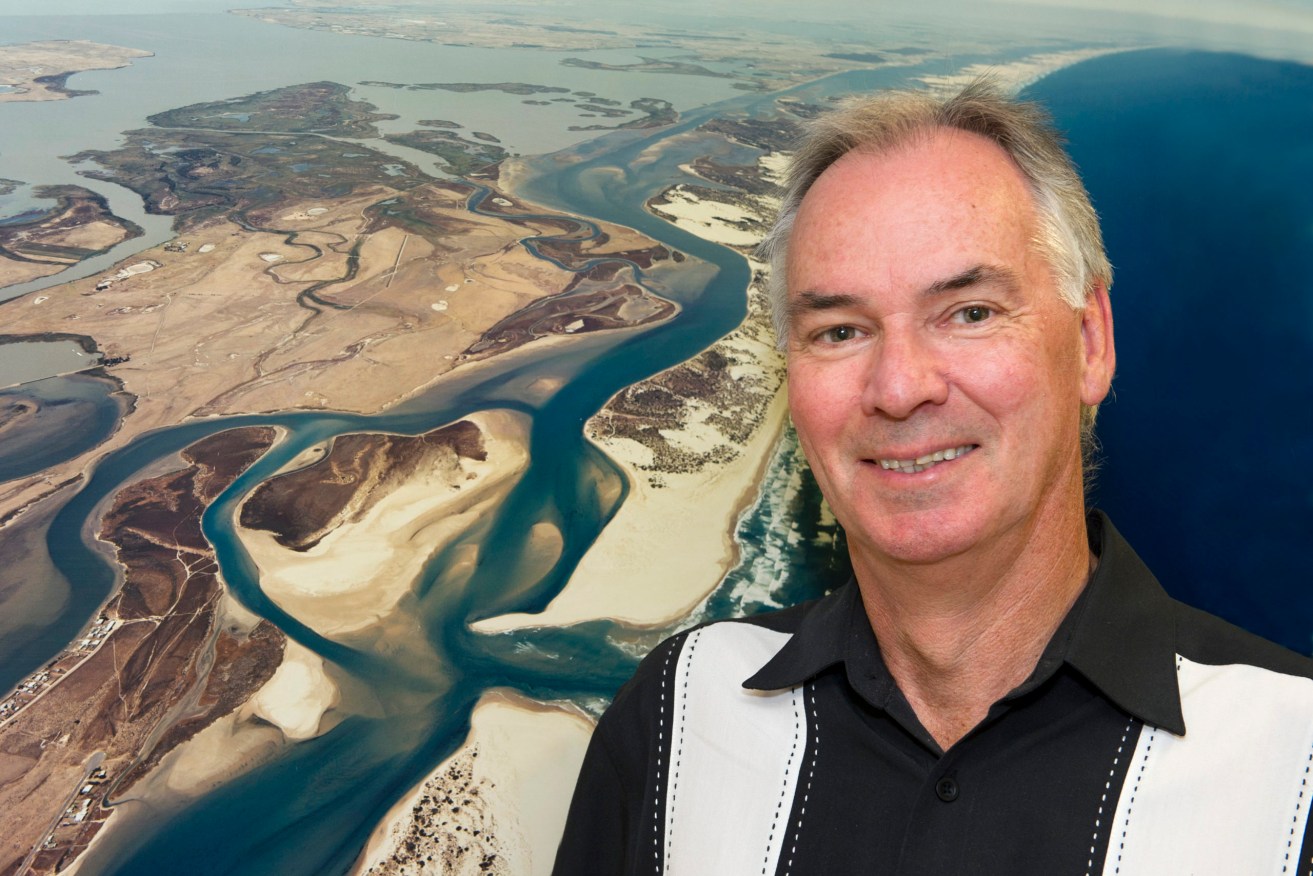
From sun-drenched Brazilian shores to the pristine coast of South Africa, Patrick Hesp has undoubtedly worked on some of the world’s best beaches.
Yet the new Strategic Professor of Coastal Studies at Flinders University says there’s no place he’d rather continue his 30-year career into sand dune dynamics, morphology and evolution than right here in South Australia.
“The coast of South Australia has every kind of dune field, wind speed, beach type and tidal range you’d ever want to study, yet little work has been done on them,” Professor Hesp, now based in the School of the Environment, said.
“People have been messing around, modifying or changing dunes in the US and Europe for thousands of years but South Australia is one of the few places in the world with large dune systems that haven’t been impacted by human influences, making it a great place to study,” he said.
“It’s the closest thing to a real-life lab experiment you’ll ever get.”
Arriving earlier this year after a decade at Louisiana State University, Professor Hesp is working on two main projects – a comparison of dunes in SA’s South East Coast with sites in Northern California, as well as a study on the Eyre Peninsula.
“These regions have many different beach ridges, or foredunes, and transgressive dune fields but we know very little about how these dunes are formed, how they move and how they change over time,” Professor Hesp, also the Associate Dean of Research for the School of the Environment, said.
“Basically I try to study almost everything that happens in and on dune types and systems, in increments of time ranging from every second to a minute, then in five to 30 years to see how a dune evolves over time and then, at the larger scale, what has happened over the last 7,000 years or so.
“There’s evidence to suggest that certain types of dunes such as blowouts (wind eroded troughs and hollows) are commonly developed during climate change so we’re interested in how that happens and the factors driving that change, such as rising sea levels and changes in precipitation and wind speed.”
Originally from New Zealand, Professor Hesp completed his PhD in coastal geomorphology at the University of Sydney in 1982 and has since worked on hundreds of beaches in places such as China, Spain, Holland, France, South Africa, Asia, the US, Canada and South America.
Using aerial photography, high-resolution 3D laser surveying and various instruments to measure wind flow, sand transport and dune topography, Professor Hesp hopes to form a decent understanding of the world’s coastal dunes and beaches, and the combined impacts of climate change and human development.
“Sand dunes offer natural protection from tsunamis and large storm surges but they’re also very important habitats for coastal plants and animal species which are becoming rarer and rarer because of human impacts.
“With a large percentage of the world’s population living by the coast it’s vital that we understand how sand dunes form, move and evolve over time because then we can begin to work out how to better manage and preserve them.”





